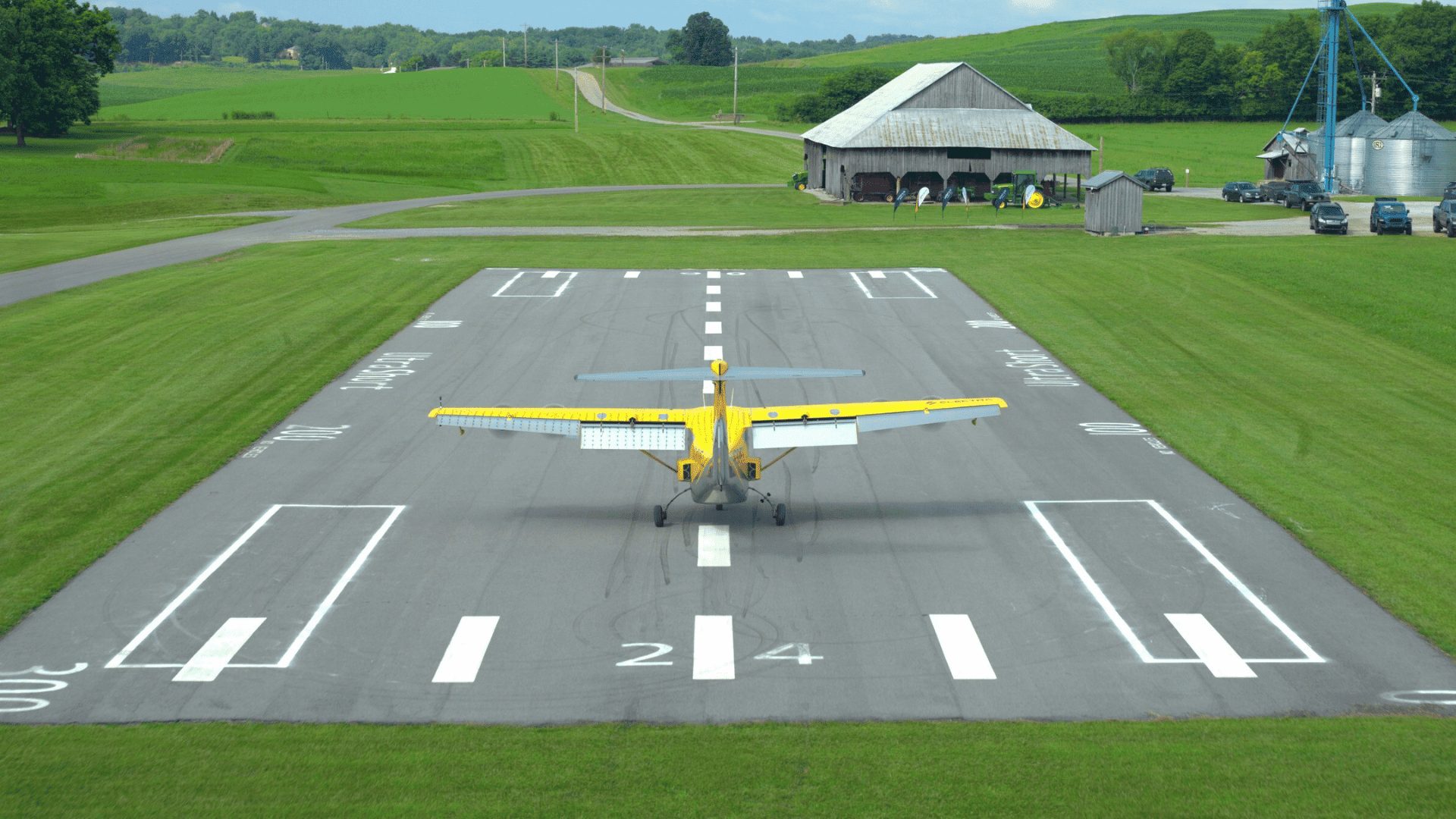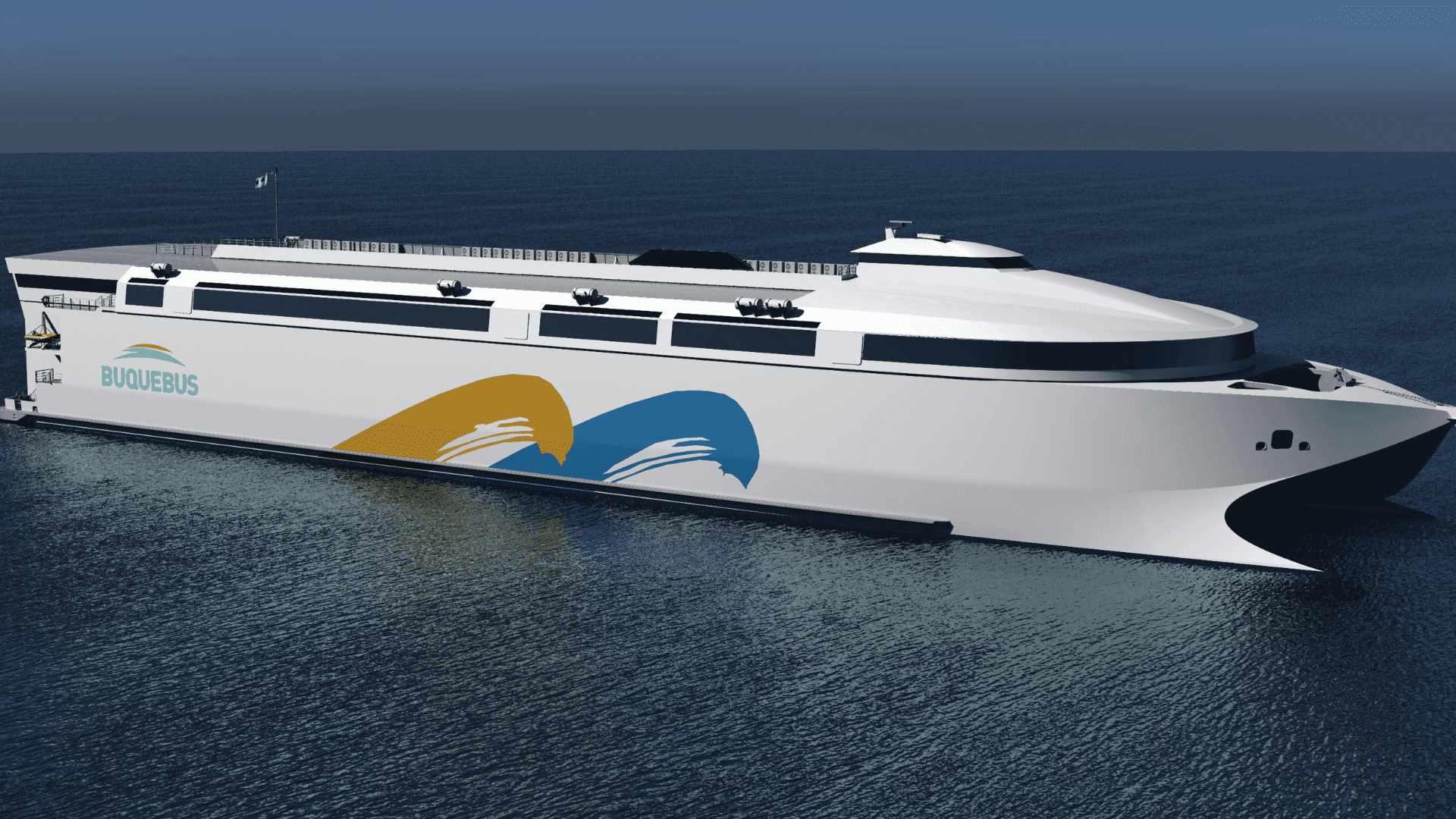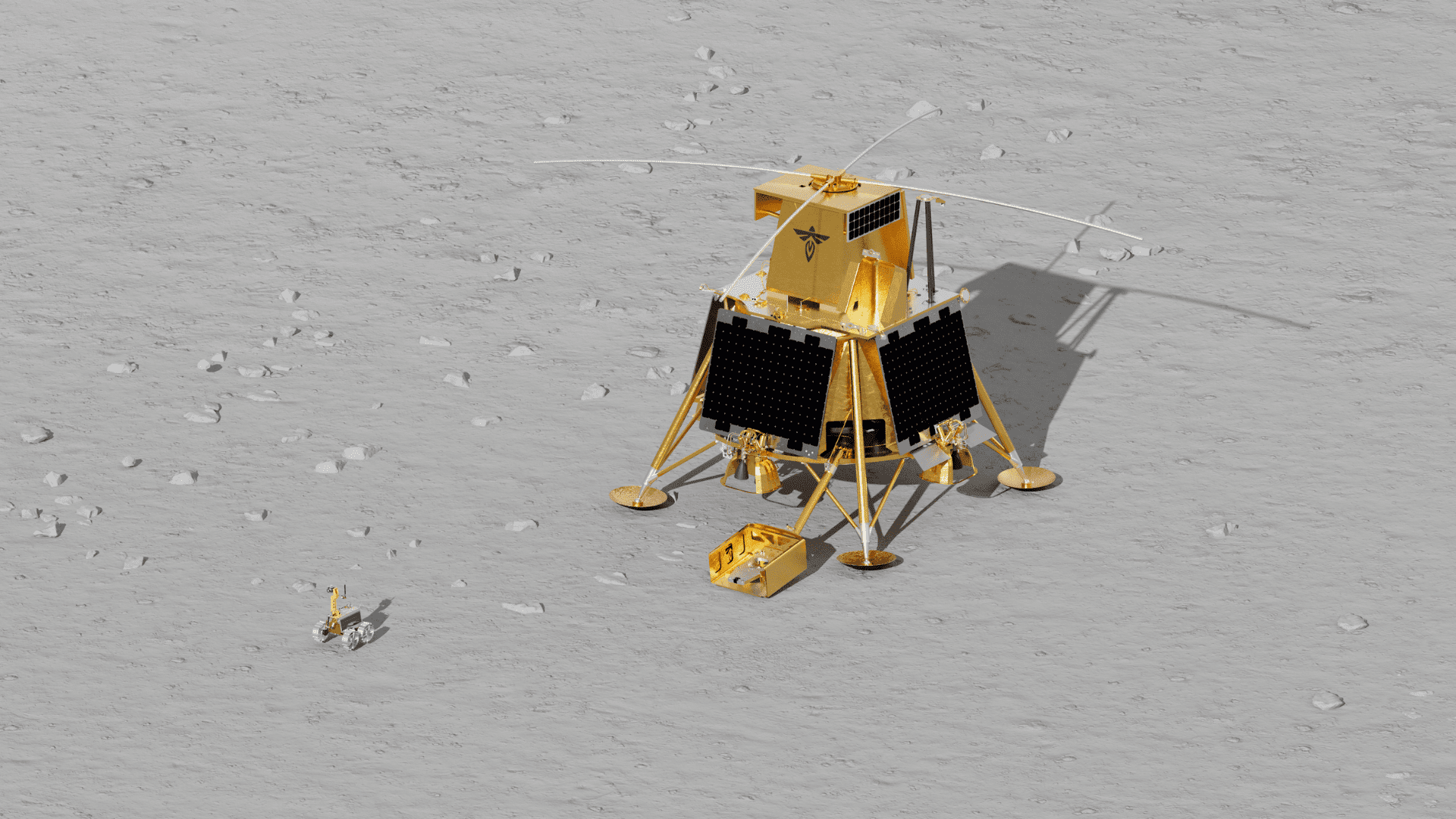Electra.aero, in collaboration with Surf Air Mobility and Virginia Tech, has successfully completed the first public demonstrations of its groundbreaking hybrid-electric Ultra Short aircraft technology. Conducted across multiple real-world environments at Virginia Tech, the demonstrations showcased Electra’s EL2 prototype executing takeoffs and landings in just 150 feet, a major milestone toward realizing “Direct Aviation”—a new model of regional air mobility that brings air travel closer to homes, campuses, and communities. Powered by blown lift and hybrid-electric propulsion, the aircraft is designed to operate from compact, non-traditional airstrips, promising faster, quieter, and more cost-effective travel.
Electra and Surf Air Mobility Complete First Commercial Demonstrations of Ultra Short Aircraft at Virginia Tech
A series of “breathtakingly short” takeoffs and landings showcase how Electra’s hybrid-electric aircraft will unlock the new era of Direct Aviation
Surf Air Mobility will leverage its operational scale and proprietary SurfOS™ software for next-generation electrified aircraft
BLACKSBURG, Va., Aug. 13, 2025 /PRNewswire/ — Electra.aero, Inc. (“Electra”), in partnership with Surf Air Mobility Inc. (“Surf Air Mobility”) (NYSE: SRFM) and Virginia Tech, successfully completed the first series of public demonstrations of its Ultra Short aircraft capabilities earlier this month.
The demos – captured as part of a new video series – highlight how blown lift and hybrid-electric propulsion together enable takeoffs and landings in 150 feet or less at Ultra Short Access Points connected to novel airstrips, austere environments, or campus settings.

These groundbreaking capabilities accelerate Electra’s bold vision for advanced air mobility via Direct Aviation, opening the door to thousands of potential new routes that can be flown once its flagship EL9 Ultra Short aircraft reaches commercial service in 2029.
The demonstrations took place at several locations at Virginia Tech, including:
- A 300-foot by 75-foot paved surface used for takeoff and landing of small unmanned aircraft systems (UAS)
- An access road on a closed test-bed campus research facility managed by the Virginia Tech Transportation Institute (VTTI) in cooperation with the Virginia Department of Transportation (VDOT)
- A grass field at The Virginia Tech Corporate Research Center
Electra’s EL2 technology demonstrator completed the flights. Ultimately, Electra’s flagship EL9 nine-passenger aircraft will enter service with similar capabilities.
Surf Air Mobility, via its airline subbrands Southern Airways and Mokulele Airlines, have flown millions of passengers over millions of miles since inception. With Surf Air Mobility’s decade of operational experience, existing nationwide commuter scheduled flight network, and proprietary SurfOS software, Surf Air Mobility is creating a platform to enable the launch of new electrified aircraft. Once certified, Electra’s EL9 Ultra Short aircraft has the potential to leverage Surf Air Mobility’s operations and software platform to bring the aircraft technology to market at scale.
“These demonstrations showcased breathtakingly short takeoffs and landings and pinpoint landing capabilities with the power to transform aviation as we know it,” said Marc Allen, CEO of Electra. “It’s a great credit to our amazing teammates and partners that we are now demonstrating these capabilities in real world, non-airport environments.”
“What stood out to us immediately was the operational flexibility that the EL9 will enable,” said Louis Saint-Cyr, COO and President of Hawai’i Operations. “The aircraft will be faster to turn around, less expensive to operate, and easier to deploy. These demonstration flights were a critical step forward in Electra’s journey to commercialization and will solve real pain points with regional air mobility. We’re excited to work with Electra to leverage our platform to help bring this novel technology to market at scale.”
“What Electra demonstrated at Virginia Tech was a first glimpse of how air travel will work in the near future,” said Eric Paterson, executive director of the Virginia Tech National Security Institute. “It was a practical demonstration of how the EL9 can integrate into everyday environments, proving it works where it needs to.”
What is Direct Aviation?
Direct Aviation brings air travel closer to home, work, and play. Instead of relying on a few large, congested airport hubs, Direct Aviation uses hundreds of thousands of smaller, more accessible locations. These Ultra Short Access Points can be as small as soccer fields and include underutilized airport facilities, novel air strips, or dedicated spaces near campuses or commercial areas.
Enabled by Electra’s Ultra Short technology, Direct Aviation removes the chokepoints of traditional aviation that limit access and add time on both ends of the journey due to the reliance on a handful of major airports. This model replaces long, congested drives, packed terminals, and underutilized runways with direct, efficient flights that cater to today’s travel needs.
A newly released study by researchers from Georgia Tech analyzed regional travel demand and patterns in the U.S. Northeast Corridor, identifying significant demand for Direct Aviation and ideal routes for Ultra Short aviation services. Many of the regional routes identified fall within the 50 to 300 nautical mile range, which is too short for traditional air travel to be practical, but too far or congested for efficient ground travel. Electra’s Ultra Short technology will save time for travelers, maximize existing infrastructure, and connect communities currently not accessible by traditional air travel.
With Electra’s EL9 aircraft, these flights become faster, quieter, and more cost-effective. The aircraft operates at one-third the cost of a helicopter or eVTOL and is 100 times quieter. It integrates with existing aviation systems and is ready to deploy where demand already exists. With over 2,200 pre-orders from more than 60 operators worldwide, the EL9 is already one of the most in-demand aircraft in the advanced air mobility (AAM) sector.
In the coming months, Electra will share use cases, sample routes, and operator partnerships that further showcase how the Ultra Short unlocks this new era of Direct Aviation.
This press release is provided for informational purposes only. TomorrowsWorldToday.com is not responsible for the content, terms, or administration of Electra.aero, Inc.’s promotions. Please refer to electra.aero for the most accurate and up-to-date information. Tomorrow’s World Today may receive an affiliate commission if you purchase an independently reviewed product or service through a link on our website.







